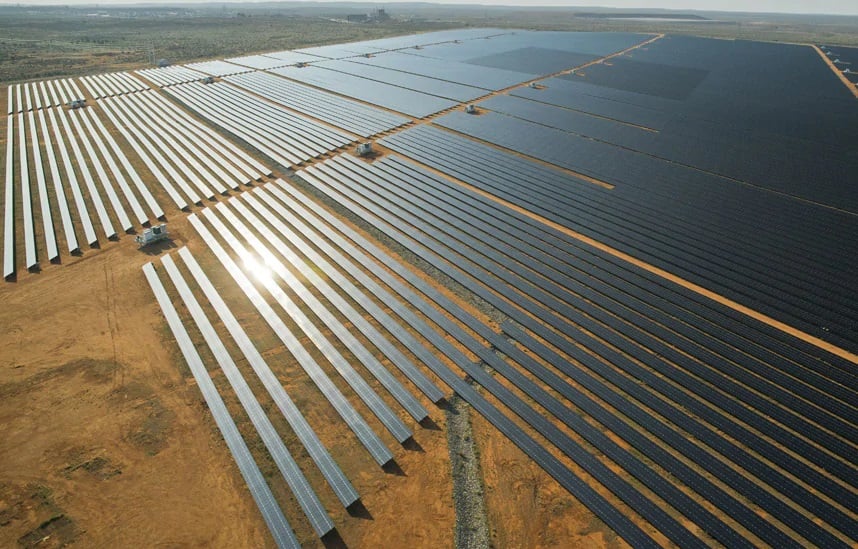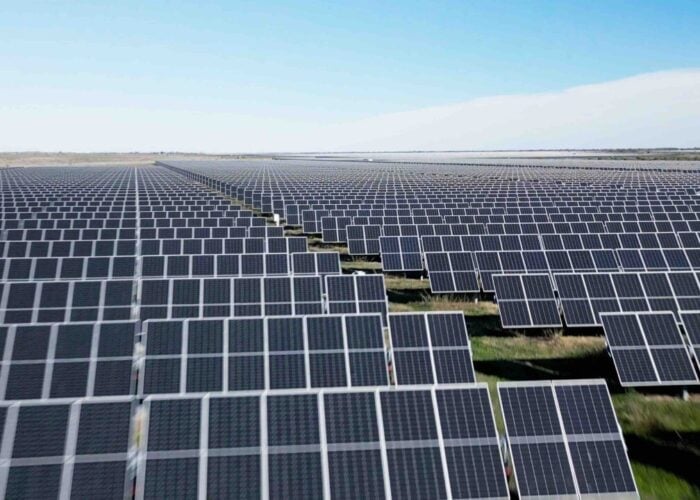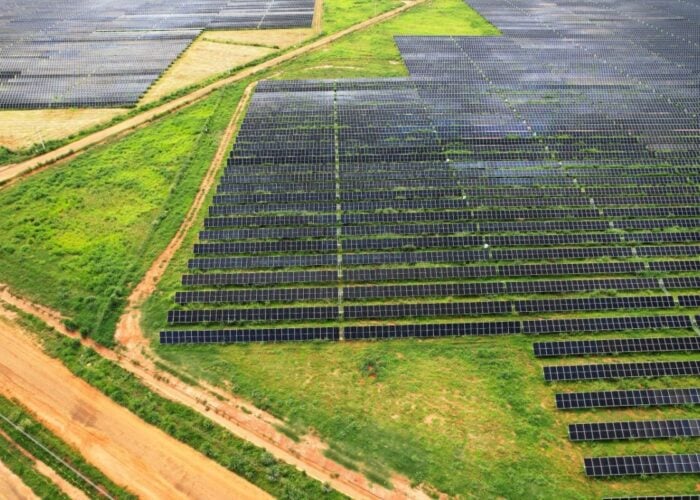
The government of New South Wales, Australia, has released a new planning framework for large-scale renewable energy developments aiming to streamline planning decisions.
The newly released Renewable Energy Planning Framework, revealed yesterday (12 November) by the state government, provides a suite of guidelines and tools to bolster efforts to scale the state’s clean energy uptake.
Try Premium for just $1
- Full premium access for the first month at only $1
- Converts to an annual rate after 30 days unless cancelled
- Cancel anytime during the trial period
Premium Benefits
- Expert industry analysis and interviews
- Digital access to PV Tech Power journal
- Exclusive event discounts
Or get the full Premium subscription right away
Or continue reading this article for free
The updated framework includes various new guidelines. One category is dedicated to solar PV, named the ‘Large-scale Solar Energy Guideline’, and includes revisions to existing guidelines, provides additional advice on decommissioning and incorporates other aspects into the new framework.
Five new guidelines have been released and are dedicated to solar PV, wind energy, transmission, benefit sharing, and private agreements. The government developed each one following increasing calls from local communities for greater certainty and transparency on how projects are assessed and managed over their lifecycles.
The New South Wales government also believes these new guidelines will be instrumental in supporting its legislated Electricity Infrastructure Roadmap, first introduced in 2020, with eyes to develop 12GW of new solar PV and wind generation in the state over a 20-year period.
The New South Wales minister for climate change and energy Penny Sharpe, emphasised the importance of the new guidelines, stating that “having a clear, transparent planning system will pave the way for a reliable and clean energy system”.
Paul Scully, the New South Wales minister for planning and public spaces, added: “Greater certainty and transparency over renewable energy assessment processes means more renewables faster, cheaper electricity bills and more jobs. It also means communities and industry know what to expect of the planning system.”
The Large-scale Solar Energy Guideline
The 63-page Large-scale Solar Energy Guideline has been developed to support the scaling of the solar PV industry within New South Wales by helping developers select project sites in areas with a reduced likelihood of land use conflicts, environmental impacts, and community impacts.
It additionally provides consistent guidance on measuring and assessing the key environmental and social impacts of large-scale solar PV projects, helping to improve the quality of proposed developments and reduce assessment delays.
The guideline applies to large-scale solar PV developments declared as a state significant or critical state significant infrastructure under New South Wales’ Environmental Planning & Assessment Act 1979 (EP&A Act). State significant projects often require development consent or have a capital investment value of more than AU$30 million (US$19.5 million) or have a capital investment of more than AU$10 million and are located within an environmentally sensitive area of state significance.
On the other hand, critical state significant infrastructure projects are declared by the government and are often considered essential based on economic, environmental, or social reasons. Alongside a scoring system, outlined within the ‘Declaration of SSI and CSSI – State Significant Infrastructure Guide’, the government can also declare an application as a critical state significant infrastructure project should it include a “significant energy storage system”. The solar energy guideline uses a 750MW/1,500MWh or more battery energy storage system (BESS) as an example.
It is also worth noting that a large-scale solar PV development that isn’t classified as state-significant would meet the criteria if it includes a BESS that can supply more than 30MW of power or is located on a floodplain and includes a 30MW or more solar PV power plant.
However, these guidelines do not apply to large-scale solar PV projects that use other technologies, such as concentrated thermal systems or lens concentrators. These technologies are likely to have different site selection and impact assessment issues.
Decommissioning and rehabilitation
A key component of the new guideline is decommissioning and rehabilitation processes when a solar PV power plant reaches the end of its operating lifespan. It notes that large-scale solar PV projects often have the potential to operate for a long period of time if the solar modules are refurbished or upgraded over time.
Once a project reaches the end of its operating life, the owner has several options. They can replace the solar PV modules with new technology, which is subject to landholder agreements, planning approvals and equipment conditions. Alternatively, the owner can decommission the project and remove the solar modules and associated infrastructure.
If an owner selects the second option, the land must be returned to its pre-existing or agreed use. If the land was previously used for agriculture, it must be returned to its pre-existing land and social capability (LSC) class. Once operations cease at the site, the project site must be rehabilitated within an 18-month timeframe and to the satisfaction of the planning secretary.
Project owners must also ensure landholders hosting project infrastructure are informed about the proposed decommissioning plan for the project.






